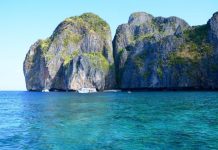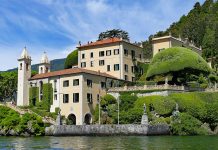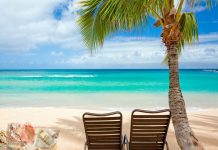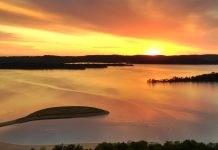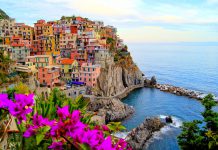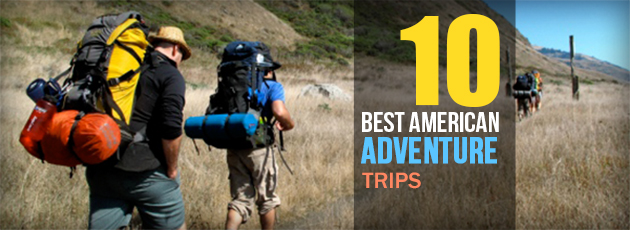One of the most popular winter destinations for Europeans who are looking for some sun are Spain’sCanary Islands. This is where they’re able to enjoy sandy beaches, warm waters, and sunny skies while the snow is falling on most of the continent.
Many vacationers never leave the top-class resorts while others like to explore the seven major islands, which lie in the ocean about 80 miles off of the African coast. In fact, it’s such a popular spot that many people ending up buying retirement or holiday homes here, especially on the popular islands of Tenerife and Lanzarote.

(photo credit: sanderovski)
The island of Lanzarote is quite intriguing as much of it is made up of volcanic ash and lava rock. You can get a good close-up view of this at Timanfaya National Park where you can take a volcano tour. This is where Timanfaya and several other volcanoes erupted between 1730 and 1736 as well as in 1824. These eruptions destroyed many of the surrounding villages.
Most of these volcanoes are extinct now, but Timanfaya is listed as semi dormant. You’ll still be able to see hot rocks and steamy geysers here as there’s still a lot of heat just below the surface of the earth. You’ll also be able to use the volcanic heat for cooking as there’s a restaurant at the park that grills its food over top of a red-hot volcanic barbecue. There’s also a bus tour that takes visitors past lava fields and old craters.
Timanfaya National Park attracts close to a million visitors a year and is the second most popular park in all of Spain after Teide National Park, which is also located in the Canary Islands on Tenerife. This park features Spain’s highest peak, which is Mount Teide, also known as the third-biggest volcano in the world. It’s also the second most visited volcano on the globe after Mount Fuji in Japan.
Teide Park features colourful plants and flowers that often grow to almost 10 feet in height, making it a spectacular sight to behold. You’ll be able to walk around in the park to explore the volcanic rock formations by yourself and you can also take a guided tour if you prefer. You can climb Mount Teide, but you’ll need to obtain a permit first. Also, the climbs are limited to 50 at a time. Climbers are taken part of the way up by a cable car and then hike the rest of the way. It takes approximately 45-minutes to reach the peak.
The park is also home to a parador, which is a state-run hotel, which is usually located in historic places such as palaces, castles, monasteries, and fortresses. Each of the Canary Islands is volcanic and it’s been reported that there’s a new one slowly forming between Gran Canaria and Tenerife in the ocean.
Lanzarote has close to 345 days of sun annually and the temperatures usually range between 66 degrees Fahrenheit and 85 during the year. There’s hardly any rainfall and you won’t find many lakes and rivers on the island because it’s so dry. The volcanic ash and dryness also makes agricultural land hard to find. However, the island has quite a bustling wine industry and tours around the wineries are quite popular.
While the beach life and nightlife are huge attractions in the Canary Islands, there are plenty of things to do and see for people who like to get out into the countryside and do a bit of exploring. This makes the islands an ideal destination for visitors of all interests and age groups.

